As of August 1, 2019, there will be a few changes coming to the Scotiabank Gold American Express. While the changes are going to be a mix of positive and negative in nature, I do think that, on balance, they’ll make the card a stronger product. Let’s go over the details of the changes and what exactly they mean for existing and prospective cardholders.
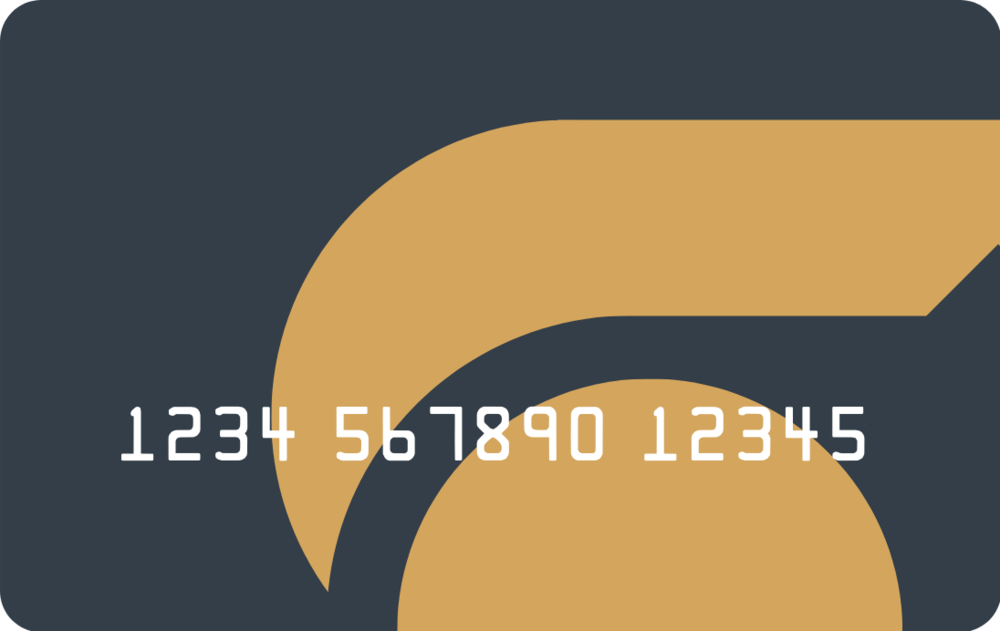
You can also find a PDF document detailing the changes on the Scotiabank website.

Good: Stronger 5x Earning Rate on Groceries, Dining & Entertainment
Currently, the Scotia Gold Amex offers a very compelling 4 Scotia Rewards points per dollar spent on gas, groceries, dining (including restaurants, food delivery services, and drinking establishments), and entertainment purchases.
Starting in August, purchases in the groceries, dining, and entertainment categories will deliver an even stronger return of 5 Scotia Rewards points per dollar spent.
To me, this is very clearly a move on Scotiabank’s part to position its Gold American Express card as a direct rival to the American Express Cobalt Card, which grants 5 Membership Rewards Select points per dollar spent on groceries and dining.
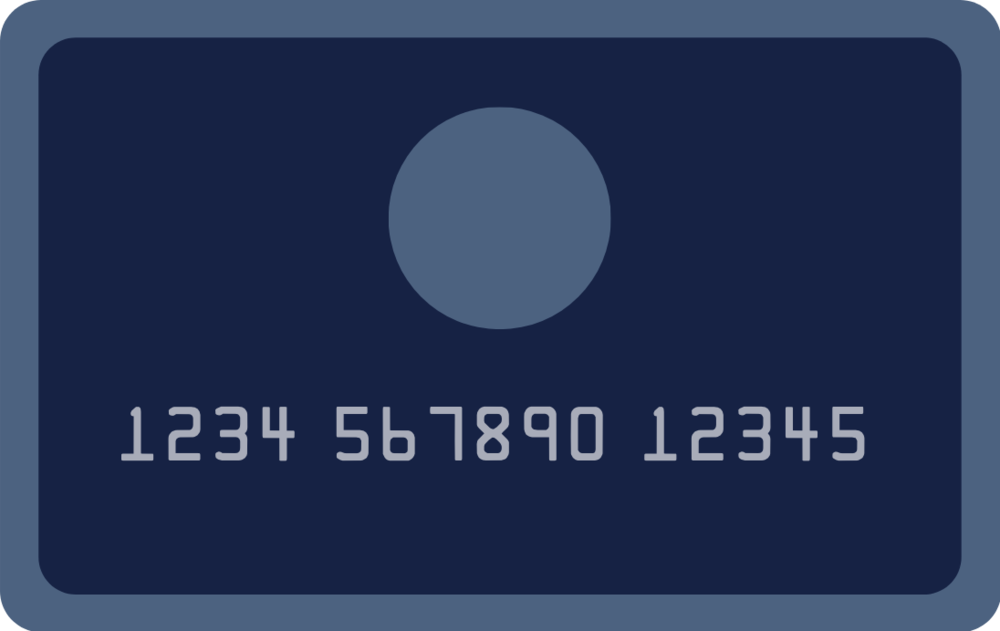
Before the Cobalt Card came along, the Scotia Gold Amex was the one of the few mid-tier credit cards on the market with a significant bonus return on groceries and dining. Its 4x earn rate was then eclipsed by the Cobalt’s return of 5x (and perhaps even more), which Scotiabank has now matched.
Keep in mind that the major grocery stores all sell gift cards for a very wide range of retailers, from airlines to home improvement stores to clothing brands to electronics chains, so that 5x earning rate (on either the Cobalt or the Scotia Amex Gold post-August) can effectively be extended to a much bigger chunk of your regular purchases.
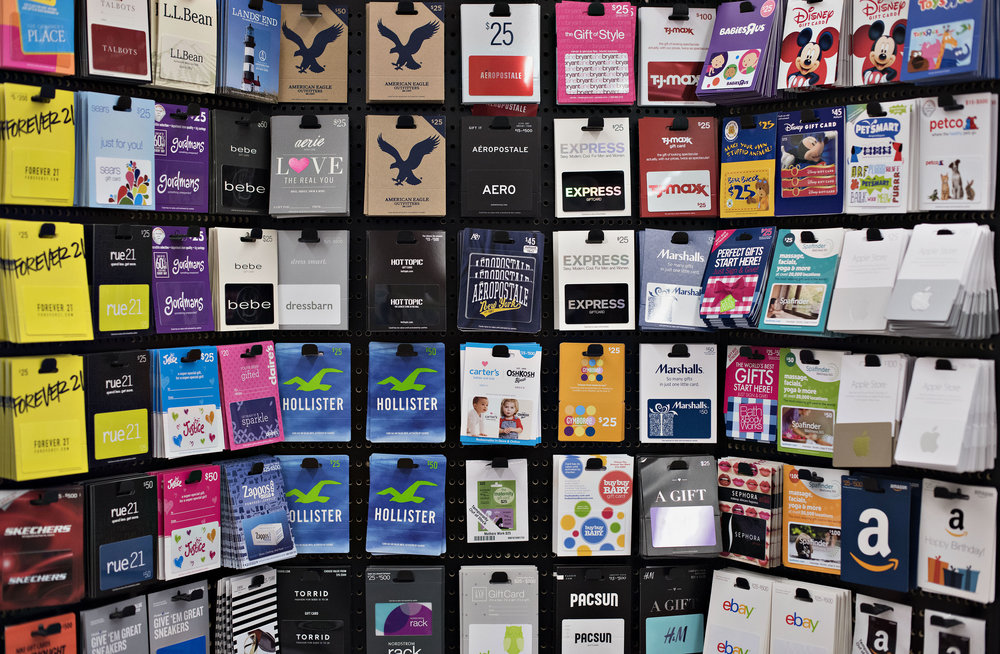
Also note that American Express recently implemented an annual cap of $30,000 on the amount of purchases on the Cobalt Card that are eligible for the 5x return; any purchases at groceries and dining establishments beyond $30,000 will only earn 1 MR Select point per dollar spent. Meanwhile, the Scotia Gold Amex will maintain its much higher annual cap of $50,000 on the purchases eligible for the 5x return.
If, when the Cobalt Card first came out, you had asked yourself the question “How can I use the 5x earn rate to rack up huge volumes of points?”, then these upcoming changes to the Scotia Gold Amex should pique your interest equally as well.
Nevertheless, if given the choice after August 1, should you use the Cobalt Card or the Scotia Gold Amex for your groceries and dining purchases? I’d say the Cobalt Card still just about edges it, because while Scotia Rewards points are a true fixed-value points system (and thus allowing you to earn effectively 5% cash back, as we’ll discuss below), the Cobalt Card’s MR Select points can be redeemed for higher than 1 cent per point (cpp) as well, even though it may not always be straightforward.
Good: New 3x Earning Rate on Daily Transit and Streaming Services
In another move that appears targeted at the Cobalt Card’s popularity since its launch, the Scotia Gold Amex will deliver 3 Scotia Rewards points per dollar spent on daily transit and select streaming services.
The daily transit category, in particular, outstrips the Cobalt Card’s 2 MR points per dollar spent on the same purchases, while the streaming services category seems as though it was designed with the millennial consumer in mind, much like the Cobalt Card was as well.
While the introduction of these new categories are positive news, I don’t think they move the needle too much in terms of convincing new cardholders to sign up. If anything, existing cardholders will now have an optimal card to use for their monthly Netflix subscriptions.
Good: No Foreign Exchange Fees
The final major boost to the Scotia Gold Amex is the elimination of the 2.5% foreign transaction fees on the card. Starting on August 1, the card will have no foreign transaction fees, bringing it in line with the Scotia Passport Visa Infinite product.
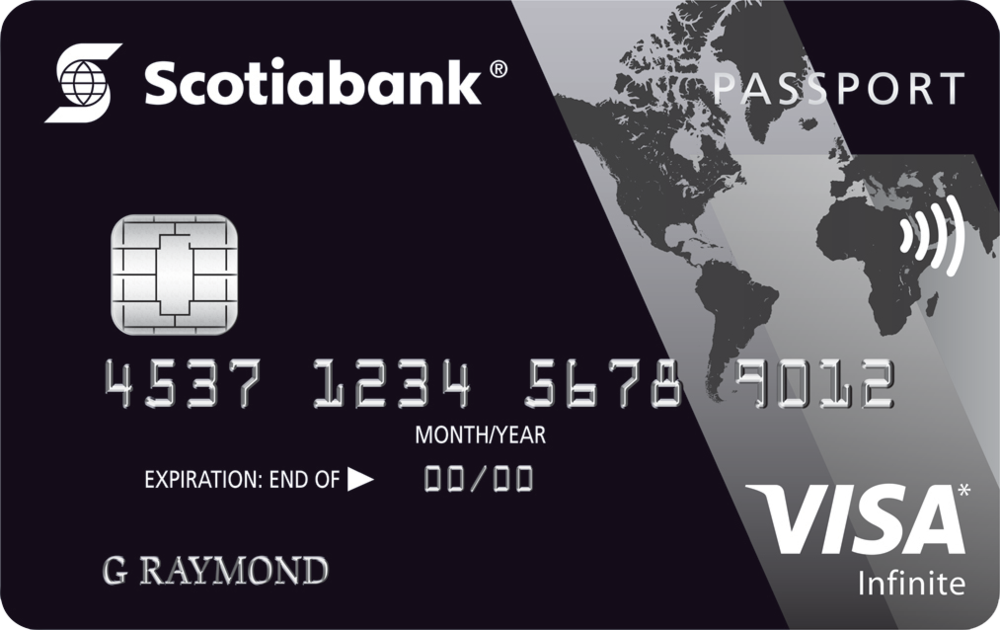
Scotiabank is clearly hoping to gain some market share among high-spending travellers by being the first of the Big 5 banks to begin phasing out credit card foreign transaction fees, and I can only hope the other major issuers will follow suit sooner rather than later.
The Scotiabank Gold Amex will therefore become an excellent card to use when travelling abroad, or for making purchases in foreign currencies (such as airfare or hotels).
However, depending on which destination you’re travelling to, foreign acceptance of American Express credit cards may be lower than that of Visa, so the Scotiabank Passport Visa Infinite might still represent a marginally better choice if you’re searching for a credit card purely for the purpose of avoiding foreign transaction fees.

Note that all cards on the American Express network convert non-US dollar foreign transactions into US dollars first, before then converting it to Canadian dollars. This shouldn’t alarm you, though, because a 0% foreign transaction fee being applied to both steps of the conversion still results in a 0% foreign transaction fee overall – and thus a fair exchange rate that’s negligibly different from the true mid-market rate.
Bad: Lower 3x Earning Rate on Gas
Let’s move on to the negative aspects of this round of changes. The Scotia Gold Amex’s overall earning rates are moving from a “4-1” structure to a “5-3-1” structure; as part of the change, gas station purchases, which previously earned 4 Scotia Rewards points per dollar spent, will now only earn 3 Scotia Rewards points per dollar spent.
While this is a negative change on paper, there’s an easy workaround: simply buy gift cards for your preferred gas station at your local grocery store to benefit from the higher 5x earn rate instead of the inferior 3x earn rate from making the gas station purchase directly.
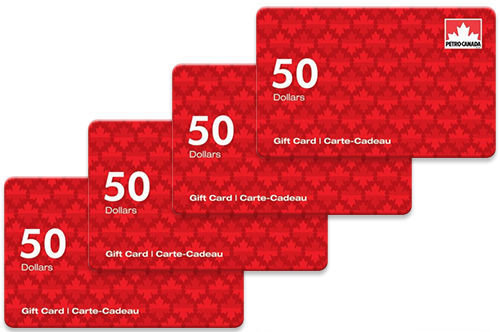
Bad: Negative Changes to Insurance Coverage
As part of the August 2019 changes, the insurance proposition on the Scotia Gold Amex will become slightly worse.
First off, the 60-day price protection service, which allows you to claim back the difference if the price of your new purchase drops within 60 days, will no longer be offered. You may only take advantage of this perk on purchases made on or before July 31, 2019.
The trip cancellation and trip interruption insurance coverage will decrease from a maximum of $2,500 per insured person to a maximum of $1,500 per insured person. Meanwhile, for cardholders aged 65 and above, the emergency medical insurance coverage will only be valid on the first three days of your trip, rather than 10 days as things currently stand.
Tightening of the insurance coverage on a credit card is never good news, but it’s also not usually the main focus of the card, so I wouldn’t say this moves the needle too much either (unless you’re over 65 and have been using this card for your emergency medical insurance, in which case you definitely ought to re-evaluate).
Bad: Higher Annual Fee
The big negative change is that the annual fee on the Scotia Gold Amex will be going up. Starting August 1, 2019, the card will be subject to a $120 annual fee, instead of $99.
I think that’s about a fair increase to balance out the stronger 5x category bonus and the elimination of foreign exchange fees. After August, you’ll only need to spend an incremental $2,100 on groceries, dining, or entertainment purchases (which will earn you an incremental $21 in Scotia Rewards points at 5x compared to 4x), or $840 in foreign currencies (which will save you $21 in foreign transaction fees), to continue deriving higher value out of this card despite the $21 increase in annual fee.
The good news is that if you’re considering signing up for this card, you can apply before August 1 to benefit from the lower $99 annual fee, while still taking advantage of the new earning structure after August 1 during your first year holding the card.
Also keep in mind that there are various cash back offers on this card floating around out there, many of which are fluctuating from time to time. For example, until May 24, Great Canadian Rebates is offering $80 cash back on new applications instead of their usual $50. Moreover, a website called High Interest Savings is offering $110 cash back, which is one of the highest offers I’ve seen for the Scotia Gold Amex, and would go a long way towards offsetting the current annual fee and then some.
Should You Get the Scotia Gold Amex?
Scotia Rewards points are one of the most flexible fixed-value points currencies in Canada. While they can’t be transferred to other frequent flyer programs, they do allow you to charge any travel expense to your credit card and then use your Scotia Rewards points to offset the charge directly, instead of forcing you to book via their internal portal.

While fixed-value points are always useful to keep around for those occasions when higher-value programs simply don’t fit your plans (such as if you need to book train tickets, Airbnbs, or cash fares on non-alliance airlines), the real determinant of whether these types of credit cards are worth getting is the magnitude of their signup bonus. In that regard, the Scotia Gold Amex is currently rather uncompetitive at the moment – it’s only offering 15,000 Scotia Rewards points (worth $150) as a signup bonus, and there’s no annual fee waiver either.
We last saw a significant signup bonus on this card back in December 2017, when an offer of 35,000 Scotia Rewards points (worth $350) with a first-year fee waiver was available via referral links. One would think that the August 2019 changes would be the ideal occasion for Scotiabank to bring back an increased signup offer and drum up some fanfare around this card, and if that were to happen, then this would be a card that almost everyone should be getting.
Until then, though, I’d say that this card would mostly pique the interest of those who spend significant amounts on groceries, dining, and entertainment. Frequent travellers looking for a credit card with no foreign transaction fees might take a closer look at this card as well, though the Scotia Passport might well be a more versatile choice for that purpose.
Conclusion
August 2019 will witness a new round of changes to the Scotiabank Gold American Express. Many of the improvements, like the stronger 5x return on groceries, dining, and entertainment, seem designed to pit the card as a direct rival to the American Express Cobalt Card, and while the positive changes are balanced out by a higher annual fee of $120, I do think that the card becomes a stronger product as a result. Now let’s hope for the increased signup bonuses that we’ve seen on this card in the past to make a swift return.




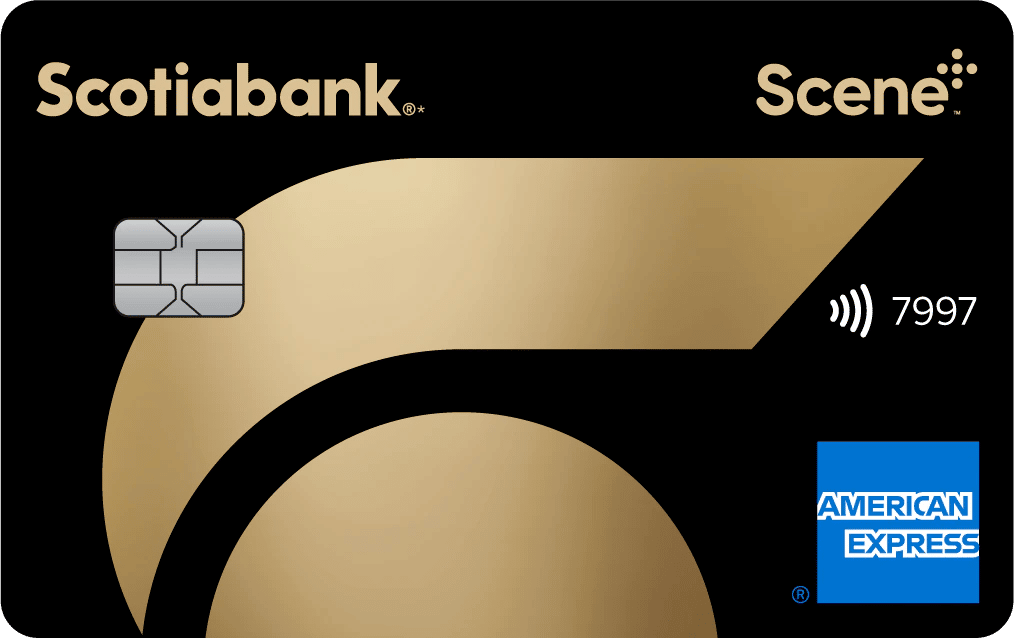










I got this card a year ago because I spend significant amounts on fuel every year so I am disappointed by the lowering of the points for fuel. Does anyone know if buying pre paid credit cards would be a possible work around to getting the 5x points instead of settling for the new lower 3x rate?
I know one of the suggested work around is buying fuel gift cards but the problem with that is that the largest GCs I can find are still only $100 and I don’t feel like carrying around 15 or 20 of those.
The biggest problem with Scotia American Express is the entertainment category has changed a lot. I had 4X points with Ripley’s Aquarium Toronto, CN tower, Marineland and Skylon tower in Niagara Falls last year, now they become 1X point only. The entertainment category is now very limited to few places.
I cancelled my Scotia Gold Amex more than 9 months ago, will I get the bonus if I re-apply today?
The Scotiabank current offers have the following wording:
"Former or current Scotiabank credit cardholders of any kind in the past 2 years, including those that transfer from an existing Scotiabank credit card account or re-open a closed Scotiabank credit card account, are excluded from this Offer."
Ricky has written a bit about the topic of Churning, I’d start by looking at those articles and working from there to see if anyone’s had recent experiences with Sotiabank.
https://wp.princeoftravel.com/churning-credit-cards-in-canada
No FX fee is great, however all bonus category purchases made in currencies other than CAD will only earn 1 point. Therefore it would still make sense to use the Passport Visa when travelling.
I don’t think it would be worth having foreign merchants charging you in CAD so that you may earn your bonus points, given the rates they will use.
There are a few data points of non-CAD spending counting for the category bonuses as well. I’ve only read about this happening on purchases made in the US, but it might be worth a try on a few purchases along your travels to see if the category bonuses do indeed come through for you.
Having the merchant charge you in your card’s currency is a common "scam" since the payment terminal adds a nice commission for the merchant / payment processor (typically ~5%). You’re much better off using the credit card issuer’s exchange rate, be it with a 2.5% FX fee or 0% if you use a card like the Scotiabank Visa Infinite Passport.
True, but Amex doesn’t allow the foreign merchant to offer the option to charge in one’s home currency (Visa and MasterCard do allow it). Not sure if Scotia Amex allows it, but cards issued by Amex themselves do not. To see this in practice, complete checkout on Amazon.com – if paying with a Canadian Visa or MC, it will ask if you want to be billed in your card’s currency – CDN$ at Amazon’s conversion rate, or in US$ (where your card issuer will convert the currency for you); if paying with an Amex card, Amazon does not offer the choice and just uses US$.
Interesting, thanks for sharing. I’ve always said no to having the merchant convert the charge for me so it hasn’t really been a concern to me.
Any datapoints for repeat bonuses with this card if held previously?
I think most of the data points have been positive so far.